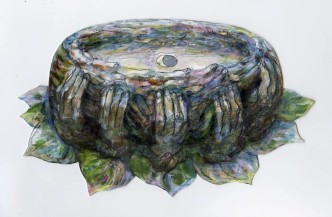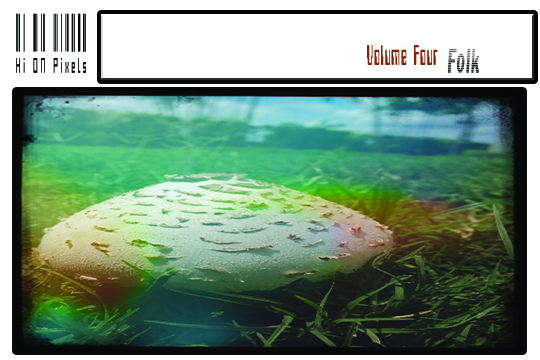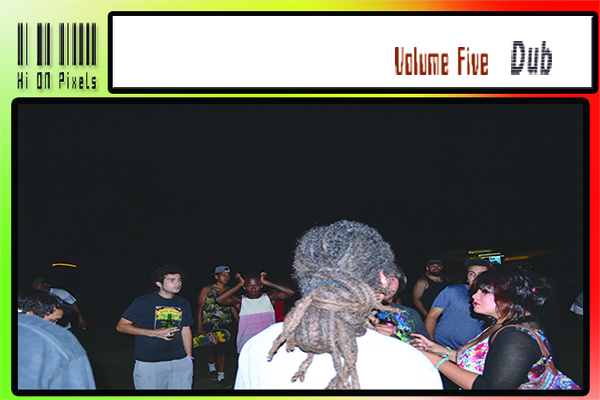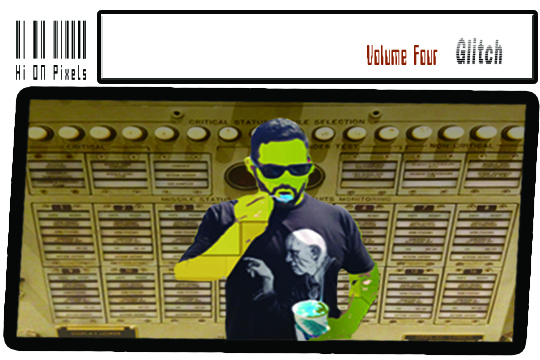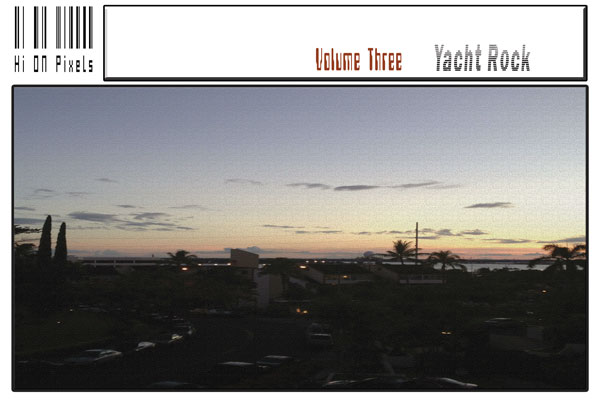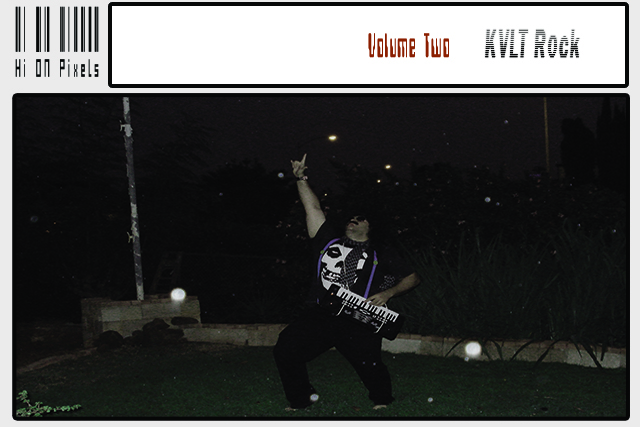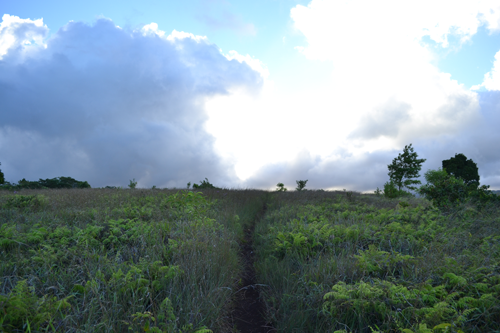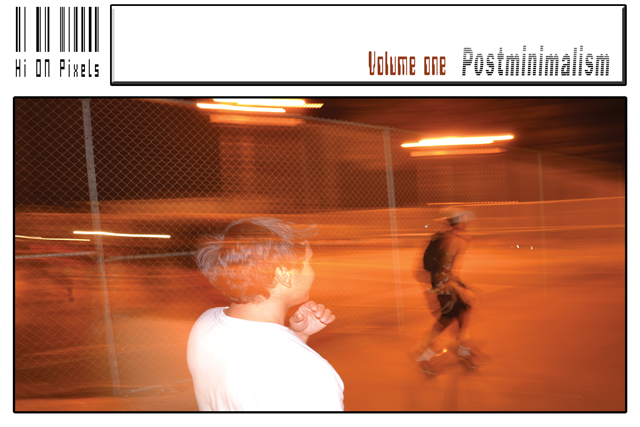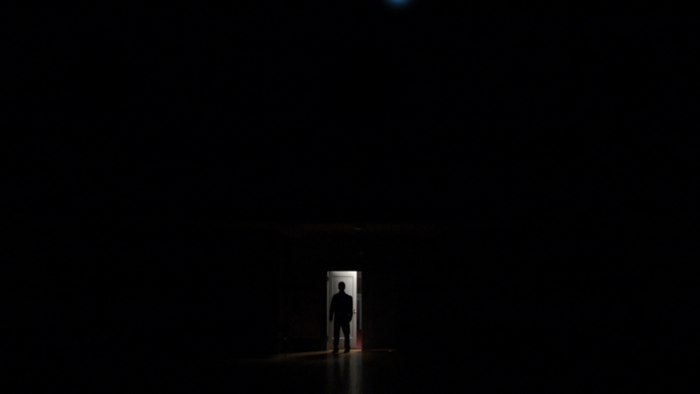
Tonight we bring you a tale of existentialism crafted by our talented author Mike Limatoc.
Stranger Aeons
The parking was nearly barren, save for a few lonely cars parked in the stalls marked ‘Reserved Staff Only’. I could hear a siren echoing somewhere in the distance, knowing in my mind that with the course of current events, it was all to no avail. The glass sliding doors beckoned me inside as I stepped into their view. There was no one initially there to greet me, as there had been so ample a staff just a few short months back. I made my way over to the main desk in the lobby, and began to scratch my name onto the sign-in sheet on the counter. A soft feminine hand met my shoulder.
“Mr. Hawthorne, there’s no need to sign in. I’ll take you right to him.” The nurse was wearing a typical blue set of medical attire, relatively stain free of blood and what else I would expect her to be encountering on a normal basis. She led the way down a long, barren hallway, littered with bits of paper and sheets that lay crumpled across the floor. Each and every room we passed was empty, void of that normal electrical hum that you could hear from a proper room of that nature. “We’re the last hospital in the state that’s still in operation.” Her eyes were empty, staring straightforward as she spoke to me. “There doesn’t seem to be much of a point anymore, not since everything started happening. Not since, he arrived.” She finally locked gazes with me, a forlorn look taking over right when we arrived at the proper door. “You’re the first visitor here this whole month. And you’re still the only one that visits him.” I nodded at her, smiling as I left her standing alone in the hallway, closing the door of the room behind me.
The slow and steady beep of a heart monitor sounded as I entered. I had to breathe deep and control my own heart from going out of control with the fear that started to grip my bones. The same fear we all feel when we meet or experience him for the first time. I wondered when the world would ever see him again, then I turned the corner of the room and saw him myself.
He was thinner than the last time I saw him, a series of tubes and wires jutting from gaunt wrists and bone-thin arms. He was set at an angle against the bed, sitting up just slightly as to not allow any fluid to flood his lungs. Lungs. I wasn’t even sure if he had lungs. He barely skin, if you wanted to even call it that. At times, he was just a skeleton, a, jeering skull peering out from where his face should have been. At others, he was simply human. It all depended on how he wanted you to see him. But now, he just lay on the hospital bed, harsh breaths rasping forth from his mouth every few seconds. His black wings outstretched and perched open beside him, ebony feathers scattered amidst the life support machines. Now, he was just another dying man. He turned his hollow eyes to glare at me.
“There was another plane crash today,” I said under my breath, raising it only when he slowly nodded. “Somewhere in Pennsylvania. Not a single casualty. The plane itself was just a smear on some farmhouse field. Not much more to be said of all the passengers.” I tried to keep the image out of my head before the words even escaped my lips. “They were all still alive. Every one of them. Every twitching piece, every screaming severed face. The first responders tore their own ears off. They couldn’t handle the voices or the screams.”
“How long has it been?” He breathed in as he spoke, coughing out before he continued. “Since I’ve been here?”
“A month.” I had to stop myself from saying more, from remembering all that had happened in that short time to throw the entire world into turmoil. All because of this one man. If you wanted to even call him only a man. “What happens when we lose you?” There was a sound like grinding and grating stones. It was the short following breaths that made me realize he was laughing. I saw his face again like I had seen it the first time: a fleshless, leering skeletal thing that made my flesh crawl.
“Only now are you realizing how much you need me around. Isn’t it sad, that the things we discover we need are only after a time of loss?” Damn it was he right, but in a way I’d never thought anyone could be or would be ever again. We needed him. He made our daily lives worthwhile, gave us meaning where we might only struggle to find it in other places. Perhaps that’s why the world and society as a whole had crumbled in on itself without him, without him, life no longer had any purpose.
“So what happens when the world can’t take any more of this? When the old just keep getting older. When suicides go unaccomplished. When car accidents, train wrecks, terrorist attacks and wars all come up fruitless in their efforts. What happens then? What happens?” I was shouting at him. I never meant to shout. I was sick, inside and out. Sick. With guilt. He answered my emotional outburst with a single, skeletal smile.
“You tell me. And while you’re at it, don’t forget to thank the real reason for this glorious mess. Whoever it was that stole my power, he’s the cause of all this. You need me.” My stomach turned in on itself again, twisting and turning at what I’d done to the entire world. What I’d sentenced all of us to. How I’d damned all of humanity. “You’ve always needed me.” His voice trailed off into a harsh whisper, the bony jaw of his face going slack. The heart monitor ran into a steady tone.
And then and there, I watched Death die.

